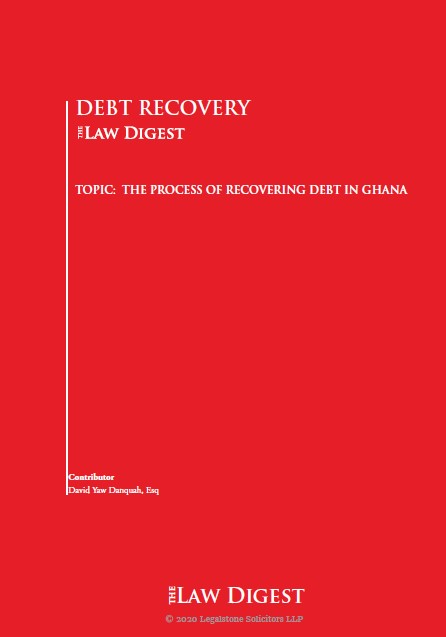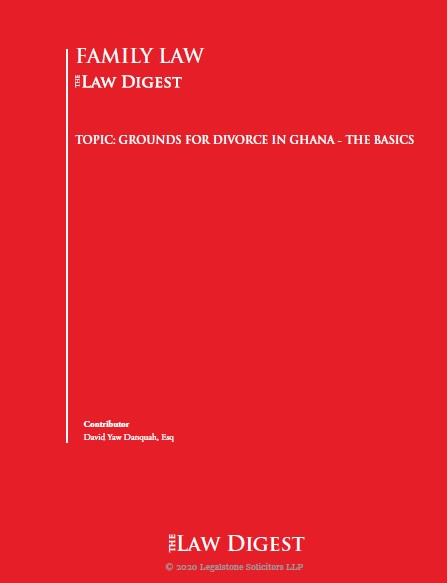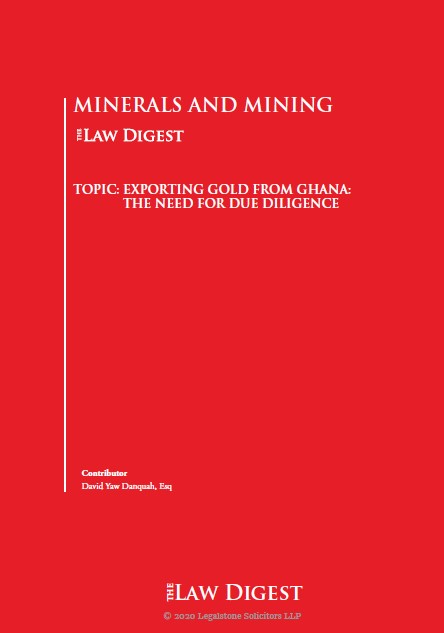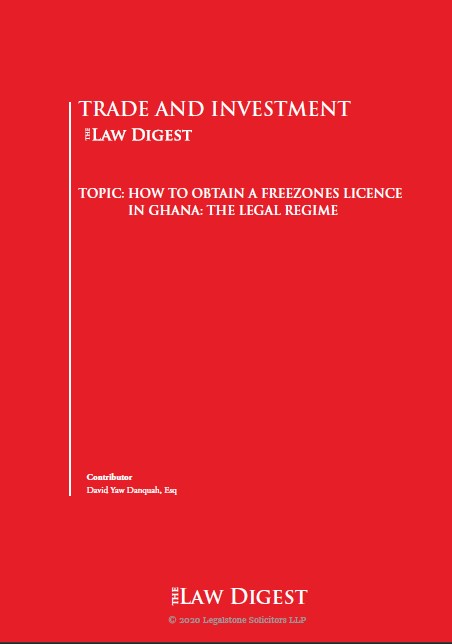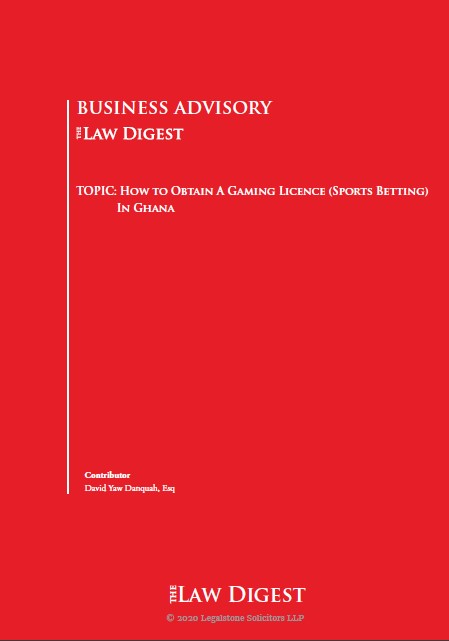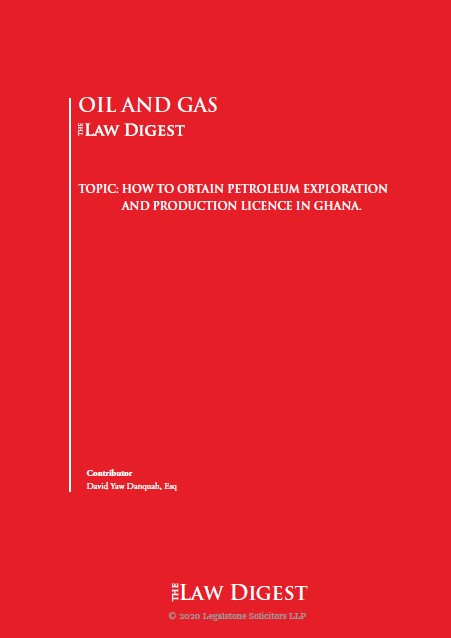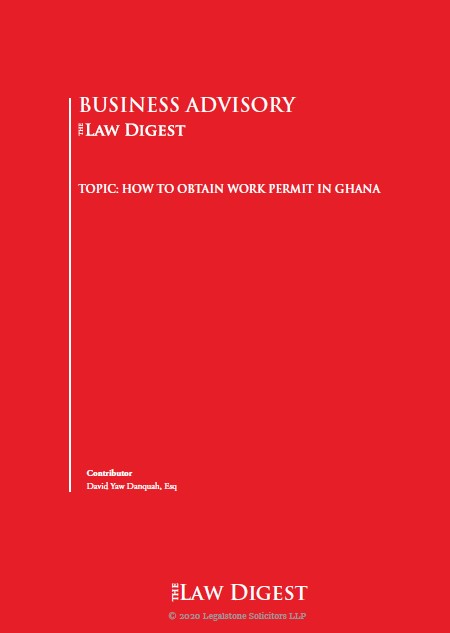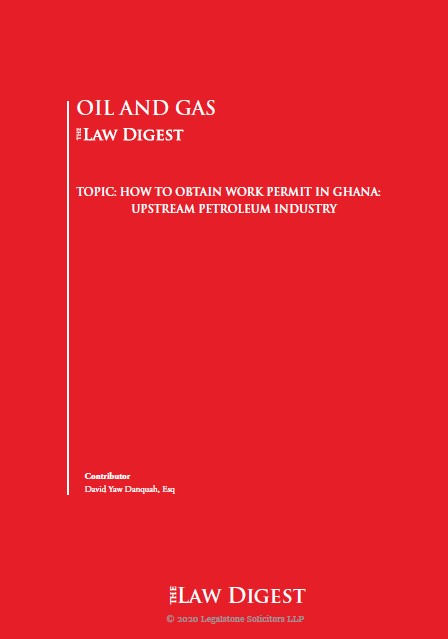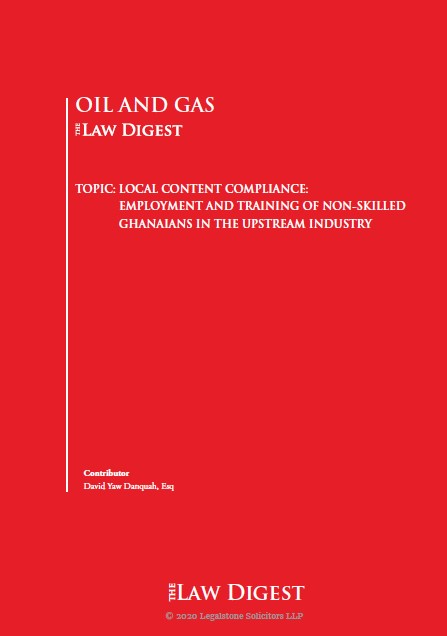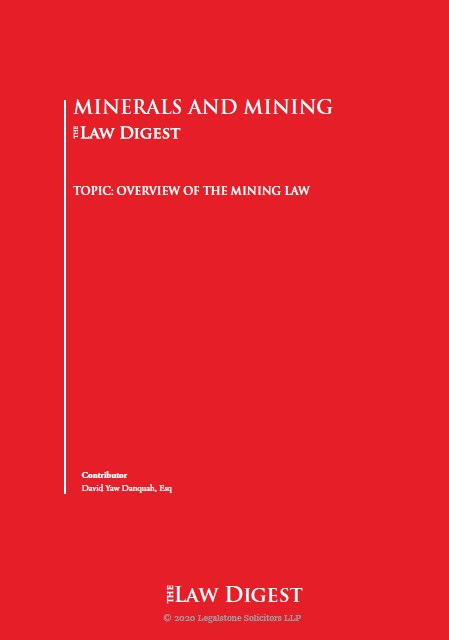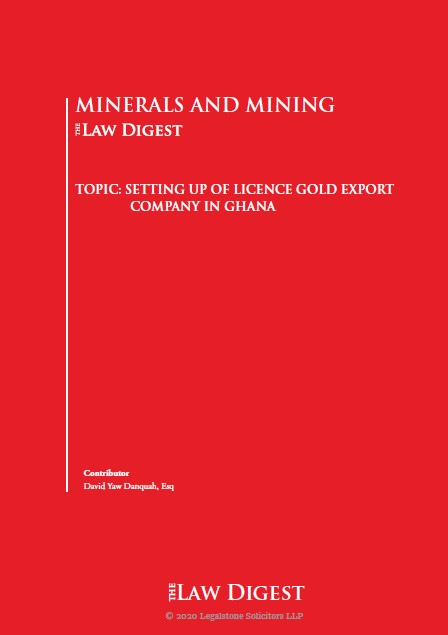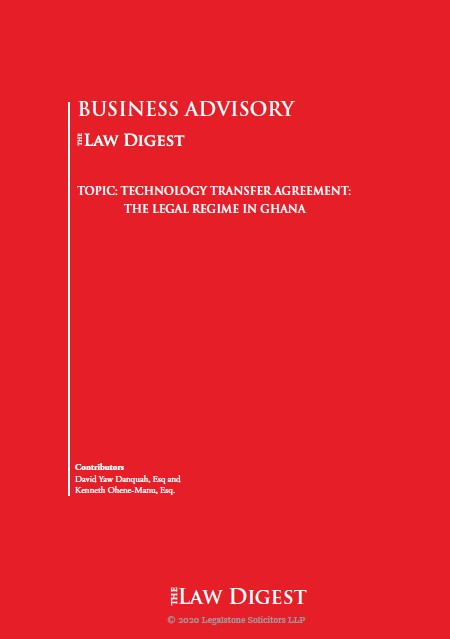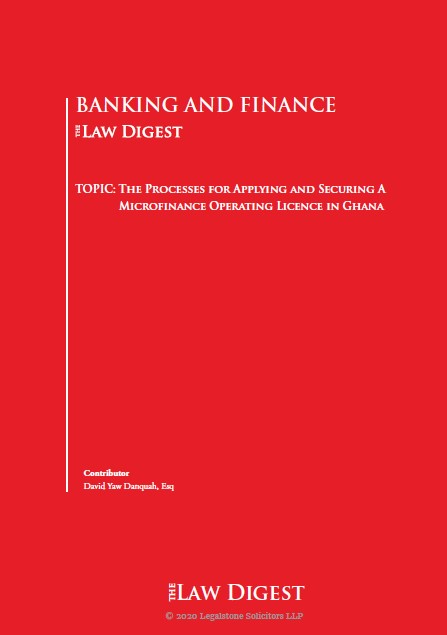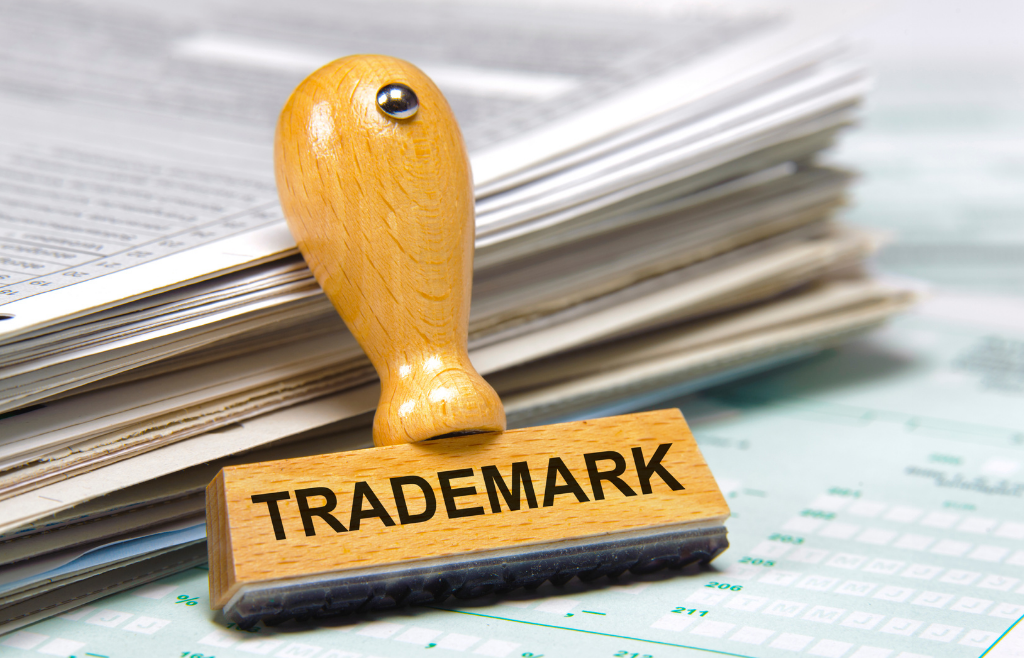
1. Preliminary Search (Optional)
Before you embark on the trade mark registration journey, it’s crucial to conduct a preliminary search. This step ensures that no identical trade mark has been registered or is pending registration. Under Regulation 5 of L.I. 667, the Registrar is mandated upon receipt of a trade mark application to conduct a search for registered marks and pending trade mark applications. This search is to ascertain whether there are any marks identical with the mark applied for, or so nearly resembling it as to render the mark applied for likely to deceive or cause confusion. This knowledge will equip you with a clear understanding of the trade mark landscape, making you feel informed and prepared.
2. Trade Mark Application
The trade mark form is filled out at this stage with the necessary information, and then four copies of your designs or trade mark names of the products or services you intend to register are attached. However, suppose the Registrar is dissatisfied with any representation of a mark. In that case, they may require another satisfactory representation to be substituted before proceeding with the application.
Furthermore, where the name or representation of any person appears on a trade mark, the Registrar may, before proceeding with the application to register the mark, require the consent of that person or, if they are recently dead, of his legal representatives. In default of such consent, he may refuse to proceed with the application.
Again, where a trade mark contains a word or words in a language other than English, the Registrar may ask for an exact translation, and if he so requires, the translation shall be endorsed and signed as aforesaid.
3. Review of The Trade Mark By The Trade Mark Registry
Once your trade mark application is submitted, it undergoes a thorough review by the Registry. This review is to ensure that your application conforms to the requirements in Act 664. The meticulousness of this process should instill confidence in the fairness and integrity of the system.
4. Publication And Opposition of Trade Mark
After your trade mark application is published, it enters a period where it can be opposed. If there is an opposition to your application, the person opposing can file a notice of opposition. This process ensures that all potential challenges are addressed, making you feel aware and prepared for any eventuality.
5. Certification of Trade Mark
A certificate is issued to the applicant if there is no opposition to the trade mark application.
6. Renewal of Trade Marks
Renewal of trade marks is done every ten years (10) upon payment of the fee prescribed for renewal.
Notably, the registration is vulnerable to cancellation if the is not used for five (5) years following registration.
7. The Cost of Registering a Trade Mark In Ghana
The official fee for filing a trade mark application in Ghana is US$615 or its Cedi Equivalent. The fee breakdown is stated below.
i. Trade mark Name Search (Optional) – US$135
ii. Application Fees – US$240
iii. Issuance of Certificate – US$240
Legal Notice
The contents of this publication, current at the date of publication set out above, are for reference purposes only. They do not constitute legal advice and should not be relied upon. Legal advice about your particular circumstances should always be sought separately before taking action based on this publication.
© Legalstone Solicitors

